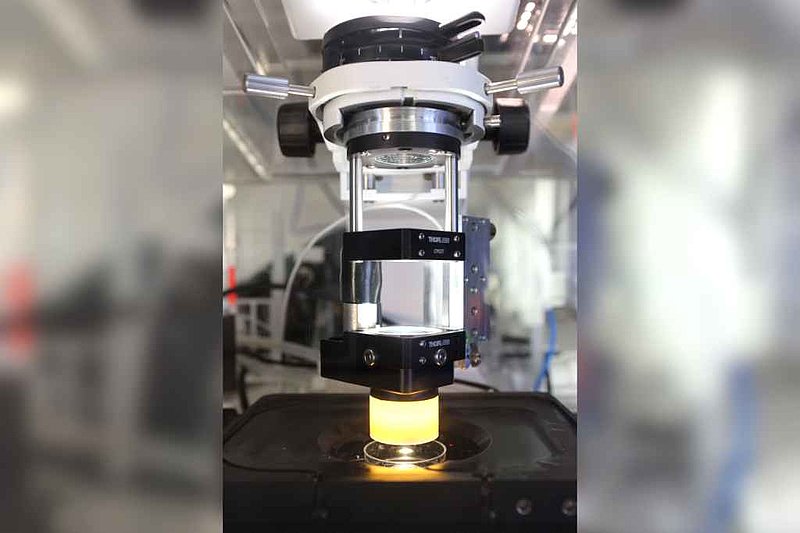Instrumentation – techniques to measure mechanics in vivo and in situ

Cell-generated mechanical forces play a critical role in tissue morphogenesis and homeostasis as well as in organ formation during embryonic development. While tissue-scale forces guide morphogenetic flows to shape embryonic structures, cell-scale stresses play important roles in morphogenesis and mechanosensation. Our lab developed microdroplet techniques that enable quantitative measurements of cell- and tissue-scale mechanical stresses in 3D multicellular systems, from developing embryos to organoids. In addition, we have developed magnetically-responsive microdroplets that enable the application of controlled forces and the measurement of material properties (stiffness, viscosity, viscoelasticity, plasticity, etc.) also in multicellular aggregates, organoids and developing embryos. These microdroplet techniques have been successfully used to measure and perturb mechanics in multicellular aggregates (in vitro), in mouse tissue explants (ex vivo) and in developing zebrafish embryos (in vivo), and also successfully tested in other species (planaria, chick, etc.). We are currently extending these technique to enable in situ mechanics measurements and perturbations in most multicellular environments.